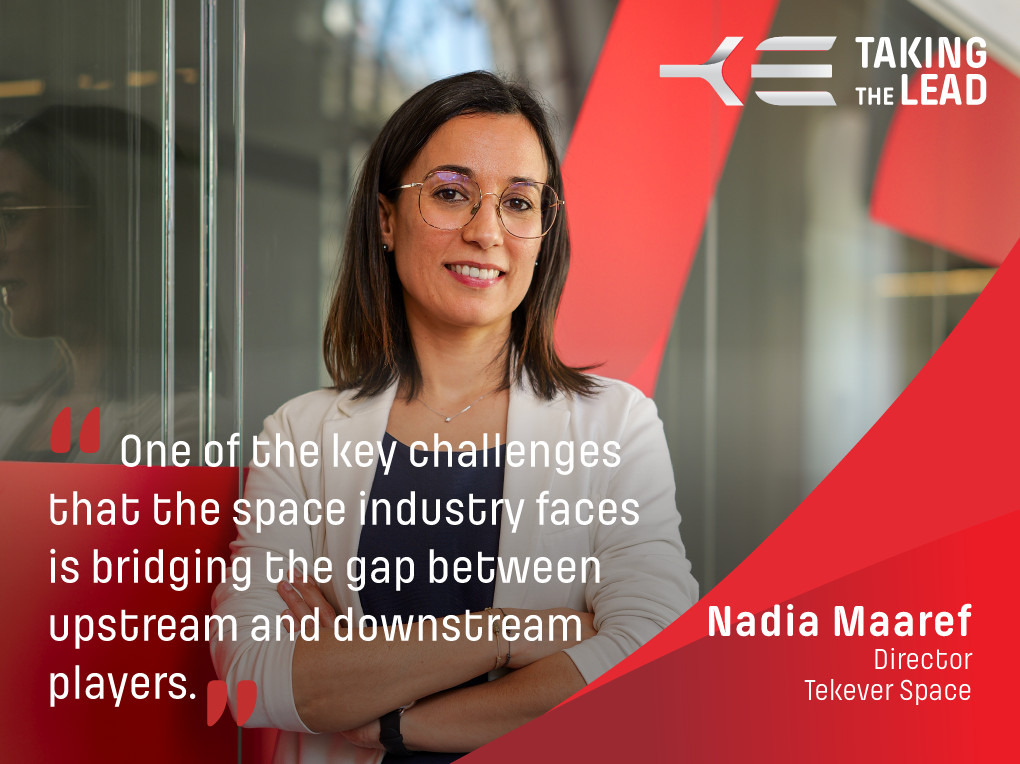Over time, the industry has grown to encompass a wide range of applications and services, including telecommunications, Earth observation, and scientific research. As technology continues to evolve, space is becoming an integral part of our daily lives
However, the space industry is a complex ecosystem that comprises many different players and stakeholders, from upstream providers such as launch providers, satellite manufacturers, and ground infrastructure providers to downstream users, including government agencies, commercial entities, and individuals who utilize space-based services. One of the key challenges that the space industry faces is bridging the gap between upstream and downstream players.
The space upstream industry is led by companies with a high degree of technical expertise, high capital investment, and a focus on research and development. While the space downstream industry is usually focusing on data analysis and processing providing a wide range of applications where the key for success is leaning on rapidly evolving technology and a deep understanding of end-users’ needs.
Both players are critical to reach the full potential of the space industry and to build applications that are really geared towards addressing the challenges facing our planet.
At TEKEVER, as a technology driven company with a strong innovation DNA, we address each and every day complex challenges in three main domains which are: unmanned aerial systems (UAS), digital solutions, and space technologies. Our strategy is to vertically integrate each of these technologies while having a horizontal approach to our different markets ensuring us to constantly provide the best-in-class technology to adequately and efficiently answer customer requirements.
By taking this holistic approach and applying it to our space activities, we are able, together with our partners, to build that important bridge between the two faces of the same industry and play a key role in it. Combining our expertise in high technological developments (RF communication systems, payload design and AI applied to space) to our extensive experience of earth observation applications with both drones and satellites, we are uniquely positioned to help drive the evolution of the space industry and ensure that it continues to thrive in the years ahead.


